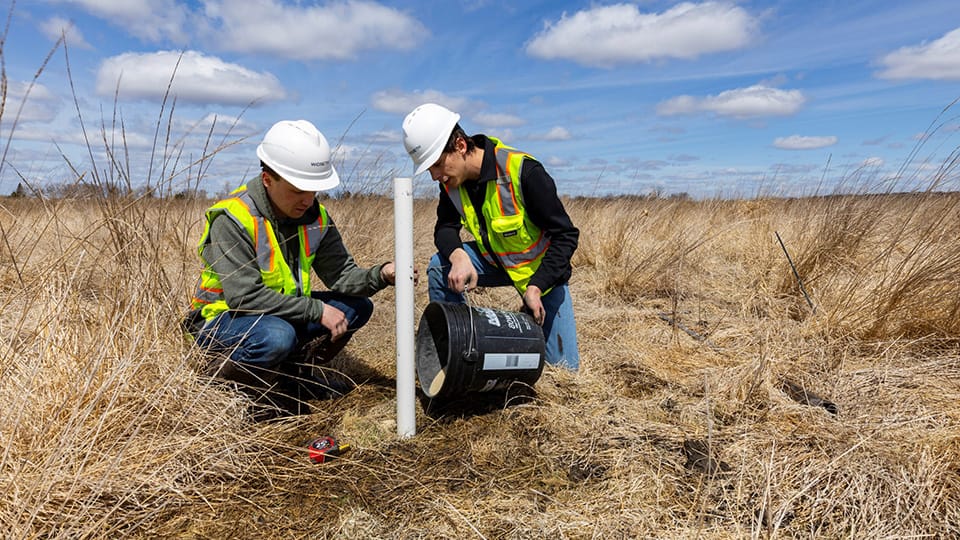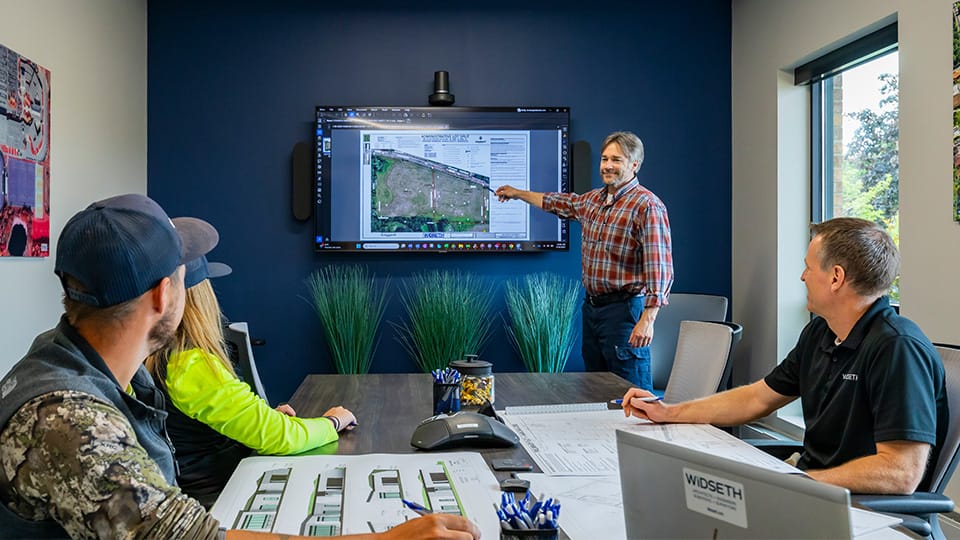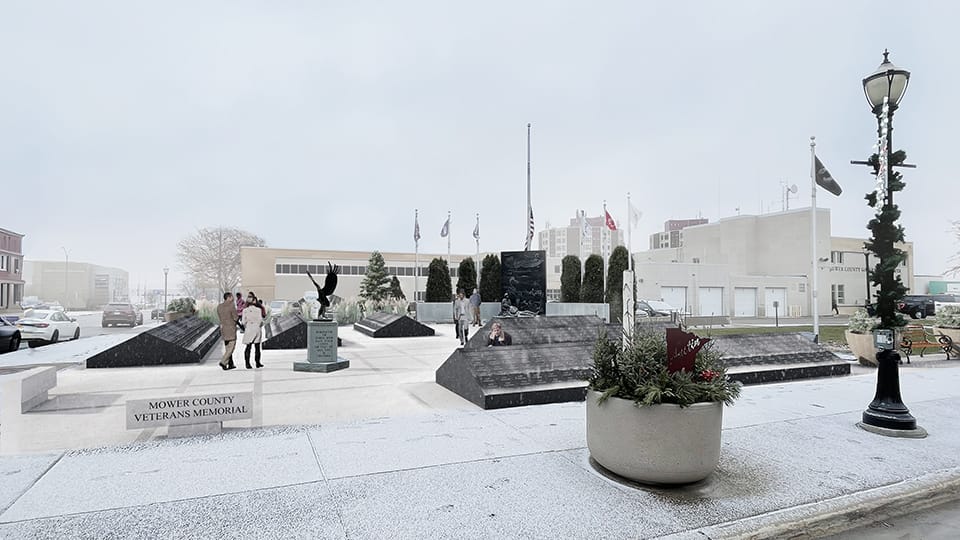A key skill in working on development projects is the ability to mitigate the unexpected. In a world of inevitable road bumps, you can avoid many through the management of expectations, regular communication, and proactive planning.
Preparation is the first step to success; here are five potential pitfalls in development and how to avoid them.
Inadequate Project Budget
In some instances, your client may underestimate just how much their development will cost. With an unachievable budget in mind, they will either be unable to complete the entire project or be disappointed by how much their money does buy. Similarly, clients may not anticipate contingencies that would add to their project cost. To avoid these issues, discuss their budget and develop a solid project plan at the outset. Making clients aware of the potential for unexpected bumps in the road will keep the process going smoothly from the beginning. Agreeing on a project plan and budget at the start gives them the space to be even happier with a project that fits their budgetary needs.
Environmental Concerns
Zoning and site conditions may create limitations. One of the most common pitfalls from an environmental perspective is when a property has unexpected wetlands. Depending on their location, wetlands can halt the entire process; they can affect building placement and the location of access roads. To combat this, bring in the environmental team early to do a site evaluation. This way, your client will know how feasible the project is with the land they have. Alternatively, it could also deter them from purchasing unusable land, saving them thousands of dollars.

Communication
Clear, solid communication between client and design team is at the heart of a successful project. A lot can go wrong if there’s a long, undefined chain of communication for decision-making within your client’s team. Similarly, there can be miscommunication among the client, designers, and contractors. This is another area where the chain of command can potentially distort wants and needs, leading to confusion, frustration, or, worse, something your client didn’t want. Having a strong, reputable team that you can communicate effectively with is the foundation of development. Make sure you are working with people you can communicate with efficiently to avoid miscommunication and disagreements.
Schedule
Unanticipated scheduling issues are a common pitfall that hinders the flow of development in a few different ways. First, the timeline for design and construction can be easily underestimated, thereby delaying the completion date. In the same vein, not anticipating the time it takes to get permitting can prolong development. The best way to avoid these snags is to be prepared for things to take longer than anticipated; in other words, expect the unexpected. This means you must make sure the project plan is using a realistic schedule, with a cushion built in for any possible holdups. Combined with making timely decisions, be ready for bidding periods and meet approval deadlines. If the pitfalls in scheduling cannot be avoided, at least they can be prepared for.

Programming and Design
When planning a project, a few programming and design considerations will keep the project moving forward. A successful project plan relies on having a clear vision of the client’s goals. The challenge lies in clients frequently not knowing exactly what they want. However, a clear understanding of their ideas and goals is more likely to result in achieving them together. Don’t overlook planning flexibility into the design, which will allow the client to adapt to future needs. This is another pitfall that can be avoided through advanced planning and being prepared for the unexpected. And it doesn’t stop at the design—continued project oversight ensures the project is developing in line with your client’s vision.
From start to finish, every project needs a watchful eye trained on it. From the beginning stages of development through completion, it’s important to stay cognizant of communication between client and design team, budgetary limits, and environmental needs, as well as creating a foolproof project plan with room for surprises. Knowing what the potential pitfalls are—and how to minimize them—is the first step in making development even more successful.




